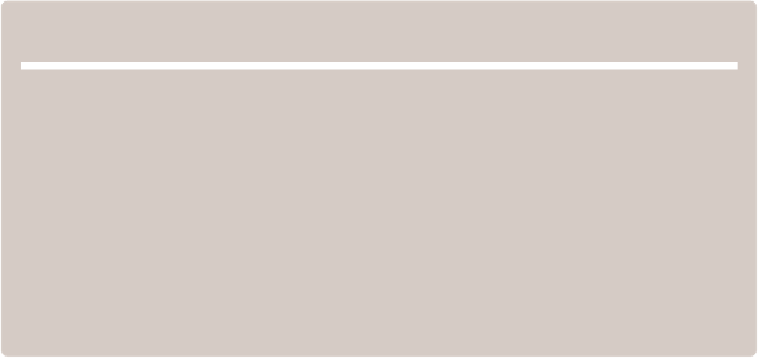Travel Reference
In-Depth Information
For a long time, various sources put Ancohuma at around 7000m, which would have
made it higher than Argentina's Aconcagua, but in 2002 an American student lugged GPS
equipment to the top and determined that its true height is 6427m, a few meters short of
Bolivia's highest mountain, Sajama. Most climb the peak in two days.
Access
The peak is accessed via Sorata from where it is possible to rent a 4WD for the long tra-
verse to Cocoyo or up to
Laguna Chilate
(4200m). More convenient is hiring a 4WD all
the way from La Paz to Cocoyo, but it is also considerably more expensive. If you have a
serious amount of gear, you can rent a mule train to carry it from Sorata to base camp,
which is in the lake basin east of the peaks at about 4500m. Plan on at least two days for
these various transportation arrangements to get you to the lakes. Ancohuma is most often
climbed from the west, using Laguna Glacial as a base camp. Further advice and informa-
tion is available in Sorata.
The Route
If you have opted for the more easily accessed western route, hike from Sorata to the base
camp at
Laguna Glacial
. From here the route climbs the obvious moraine and then as-
cends the glacier, over fields of extremely dangerous crevasses. Most make a high camp at
5400m or 5800m. It then climbs to the
bergschrund
(crevasse) and across a relatively
level ice plateau to the summit pyramid. This is most easily climbed via the north ridge;
the first part is quite steep and icy, but then gets easier toward the summit.
THE KALLAWAYA
Originating in six villages around
Curva
in the Apolobamba region, the Kallawaya are a group of healers who
pass ancient traditions down the generations, usually from father to son. Around a quarter of the inhabitants of
these villages become involved in the healing tradition, although there are many more people throughout the
Andes that pass themselves off as authentic Kallawaya when they are nothing of the kind.
The origins and age of the Kallawaya tradition are unknown, although some Kallawaya claim to be descended
from the vanished people of Tiwanaku. The Kallawaya language, Machaj Juyai, used exclusively for healing, is
derived from Quechua, the language of the Incas. With only 100 to 200 Kallawaya speakers left in the world, the
language is at risk of extinction - globally around half of the 7000 languages spoken on earth may disappear in
the next 100 years. Check out
www.livingtongues.org
to hear recordings of Kallawaya and learn more about lan-
guage preservation initiatives.
For the Kallawaya, language, knowledge and skills are passed down through generations, although it's some-
times possible for aspiring healers to study under acknowledged masters.

